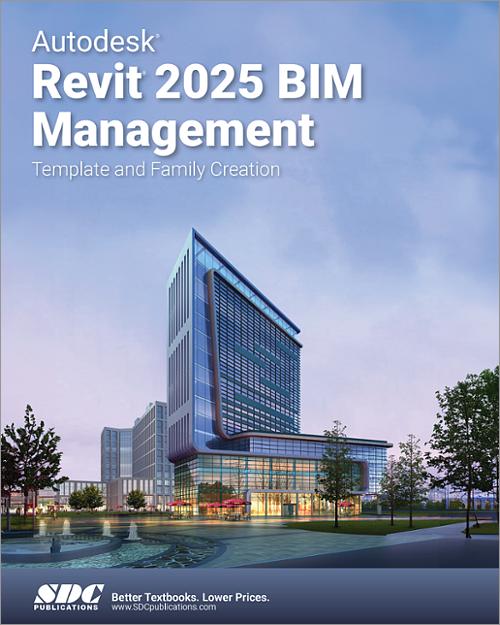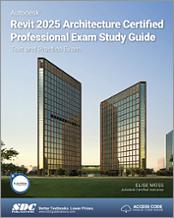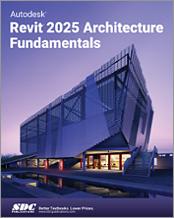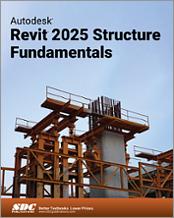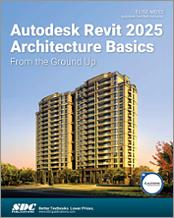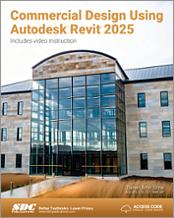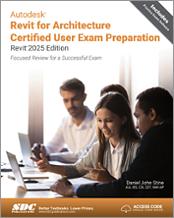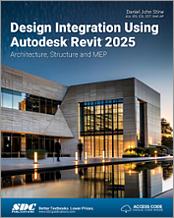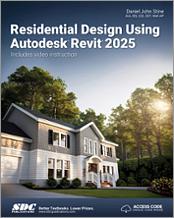Autodesk Revit 2025 BIM Management
Template and Family Creation
- Description
- Contents
- Downloads
- Instructor Resources
- Details
Description
Key Features
- Learn to coordinate, update and share design data with team members through all phases of a building's life
- Simplify projects by creating office standards with custom templates and families
- Uses real world drawing projects as examples
- Designed for users already familiar with Revit
In Detail
Building Information Modeling (BIM) is an approach to the entire building life cycle. Autodesk Revit is a powerful BIM program for architecture, MEP, and structure that supports the ability to coordinate, update, and share design data with team members throughout the design construction and management phases of a building’s life. A key component in managing the BIM process is to establish a company foundation for different types of projects by creating standard templates and custom family elements. Having this in place makes the process of any new project flow smoothly and efficiently.
The objective of the Autodesk Revit 2025 BIM Management: Template and Family Creation guide is to enable users who have worked with the software to expand their knowledge in setting up office standards with templates that include annotation styles, preset views, sheets, and schedules, as well as creating custom system, in-place, and component families.
This guide contains practices that are specific to each discipline.
Topics Covered
- Create custom templates with annotation styles, title blocks, and custom element types
- Create schedules, including material takeoff schedules with formulas
- Create custom wall, roof, and floor types, as well as MEP system families
- Set up a component family file with a parametric framework
- Create family geometry
- Create family types
- Modify the visibility of components and incorporate additional family items such as controls, MEP connectors, and nested components
- Create specific families, including in-place families, profiles, annotations, and parameters
Who this book is for
Students should be comfortable with the fundamentals of Revit. Knowledge of basic techniques is assumed, such as creating standard elements, copying and moving elements, and creating and working with views. Information on Collaboration Tools, Conceptual Design, and Site and Structural Design are covered in other guides.Table of Contents
- Creating Custom Templates
- Creating Schedules
- Custom System Families
- Component Family Concepts
- Advanced Family Techniques
- Additional Family Types
- Creating Architectural-Specific Families
- Creating MEP-Specific Families
- Creating Structural-Specific Families
Appendix A: Additional Management Tools
Index
Downloads
For additional information on downloading, unzipping, and using these files visit the downloads section on our Frequently Asked Questions page.
Instructor Resources
The following downloadable resources require that you are registered, logged in and have been authenticated as an instructor.
